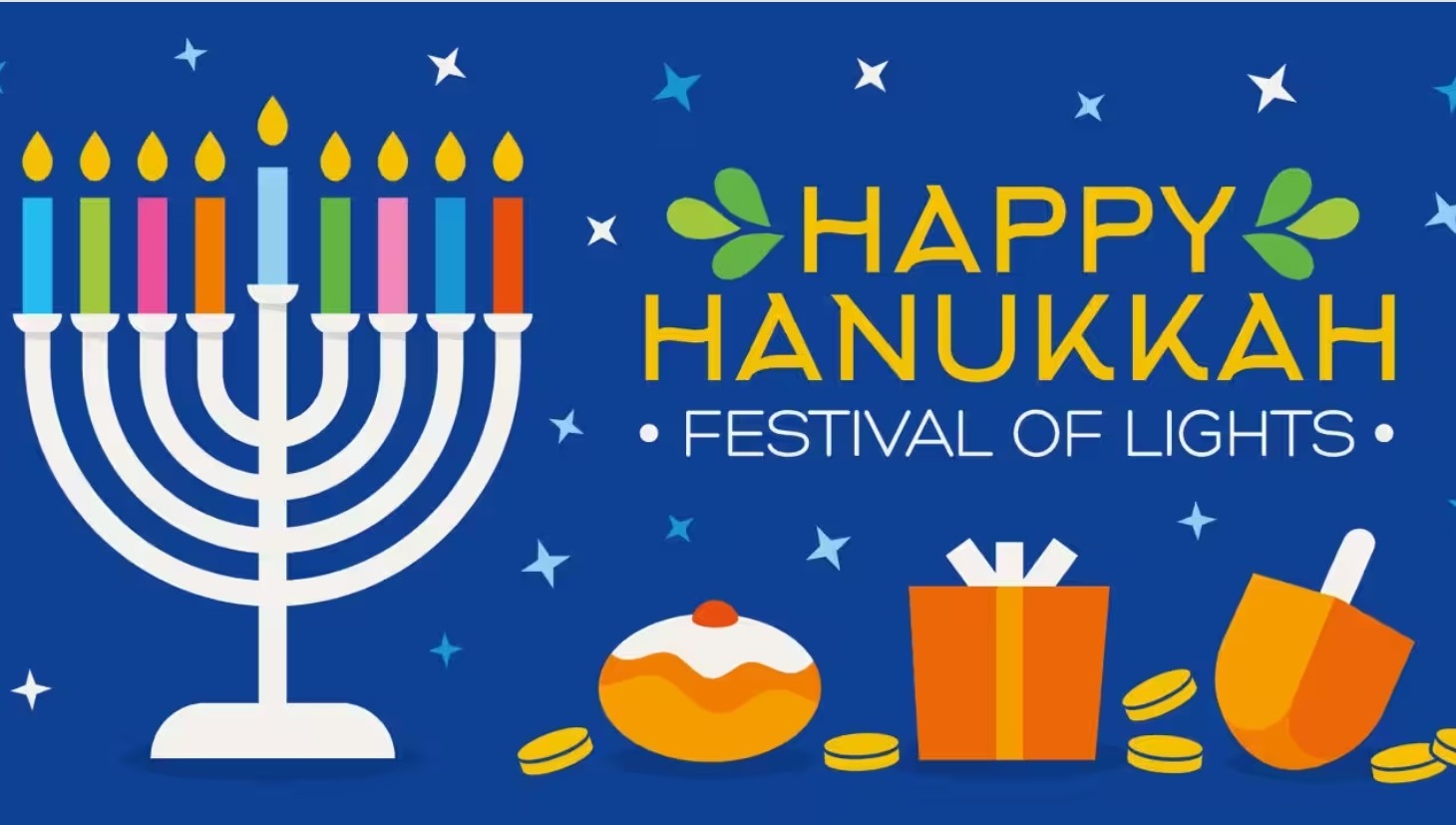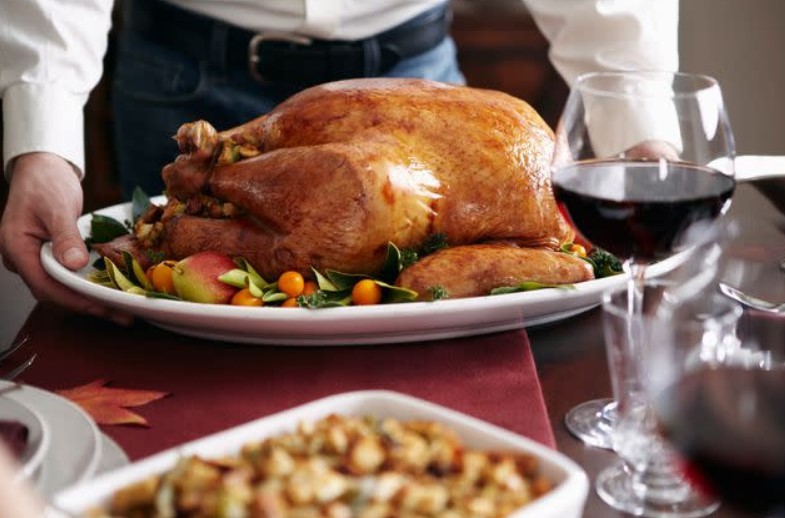Top 10 Most Popular Holidays in November Around the World
| Table of Contents |
November is a month rich with cultural and spiritual celebrations, as communities around the world honor traditions that range from joyous festivities to solemn remembrance. Many of these holidays embrace themes of gratitude, family unity, and connection with nature or the spiritual realm, reflecting the seasonal transition into winter for much of the world. While some of these celebrations are well-known internationally, others hold special significance within specific cultures, representing unique aspects of heritage and identity.
From the vibrant lights of Diwali in India to the quiet remembrance of Veterans Day, these holidays showcase the diversity of human experience and the values that bring people together.
Learn more: November Holidays and Observances for Every Year
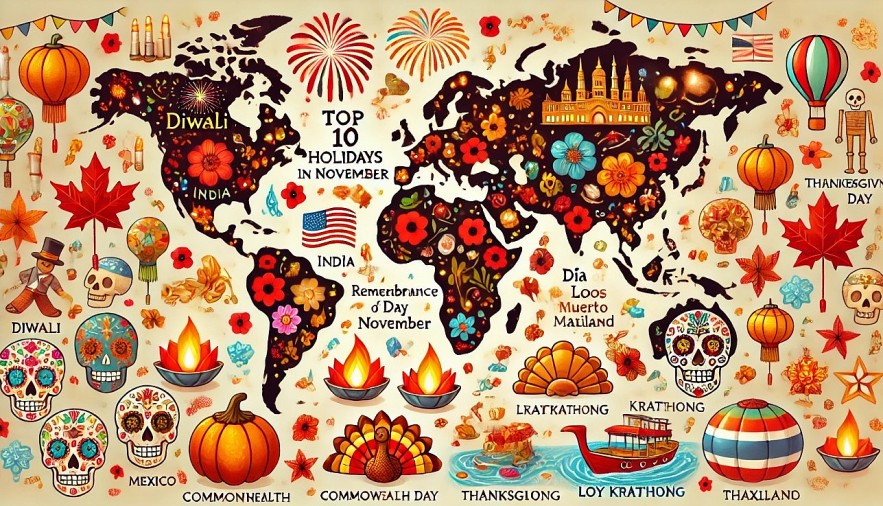 |
| The world map illustration with icons representing major November holidays. Image: KnowInsiders |
Join us on a journey through these rich traditions as we celebrate the beauty of November’s most beloved holidays.
1. Diwali (India) - Festival of Lights
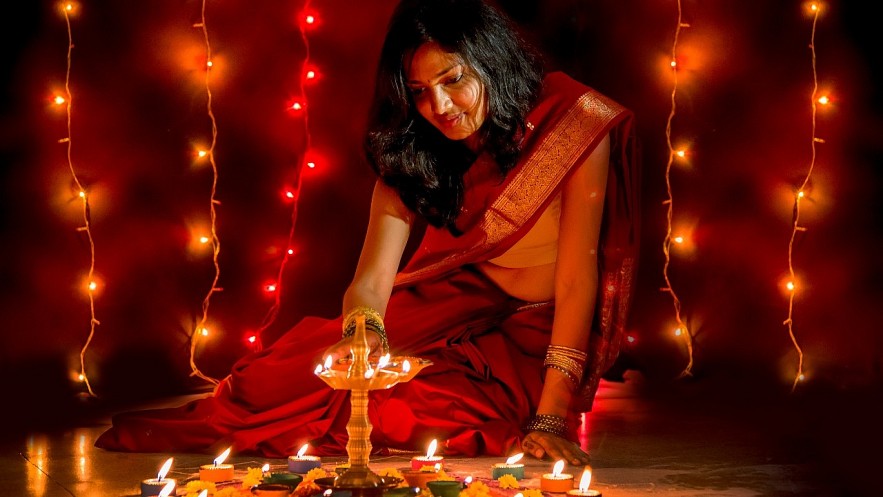 |
| Diwali in South India |
Date: Varies (typically in October or November, depending on the lunar calendar)
Significance: Diwali, or the Festival of Lights, is one of India’s most celebrated festivals and symbolizes the triumph of light over darkness and good over evil. The holiday holds deep significance in Hindu mythology, commemorating the return of Lord Rama to his kingdom of Ayodhya after 14 years in exile. Diwali is also observed by Jains, Sikhs, and Buddhists, each with distinct interpretations tied to their own beliefs.
Diwali is celebrated over five days, with each day holding specific rituals and traditions. People light oil lamps (diyas) in their homes and public spaces to symbolize the removal of darkness and the victory of good. Fireworks, one of the most recognizable features of Diwali, light up the night sky, adding excitement and joy to the celebrations. In addition to lighting lamps, families create rangoli designs—intricate patterns made from colored powders or flower petals—that decorate doorways to welcome guests and prosperity.
Feasting and gift-giving are central to Diwali, with families coming together to share sweets and exchange presents. People wear new clothes, adding to the festive atmosphere. Diwali’s influence reaches far beyond India, with celebrations held in cities worldwide, including London, New York, and Dubai. Each year, this festival continues to bring communities together, shining a light on the importance of family, unity, and hope.
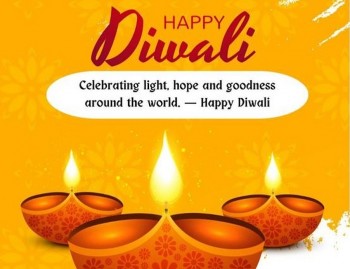 Happy Diwali 2024: 15 Best Wishes, Messages, and Quotes Happy Diwali 2024: 15 Best Wishes, Messages, and Quotes |
2. All Saints' Day and All Souls' Day (Global)
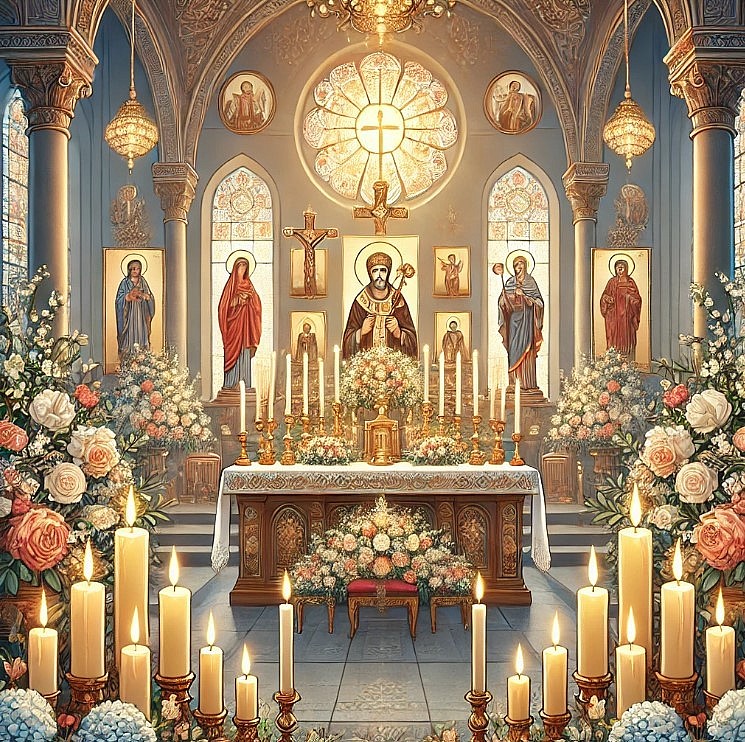 |
| A church altar prepared for All Saints' Day, featuring candles, flowers, and saints' icons. |
Date: November 1 (All Saints’ Day) and November 2 (All Souls’ Day)
Significance: These back-to-back Christian holidays are days of remembrance and honor, celebrating saints and departed loved ones. All Saints' Day is dedicated to canonized saints recognized for their holy lives, while All Souls' Day honors the souls of all faithful departed, offering prayers for those who may still be on their spiritual journey.
On All Saints' Day, people attend church services and may light candles in remembrance of saints and their virtues. All Souls' Day is more personal, with many families visiting cemeteries to clean and decorate graves. Lighting candles on gravesites, placing flowers, and praying for loved ones are common traditions that reflect reverence and remembrance. These practices, shared by Catholics and some Protestant communities, have regional variations.
In countries like Poland and Spain, All Saints' Day and All Souls' Day are significant observances, often marked with large gatherings and family meals. In the Philippines, the holiday, known as Undas, brings families together for reunions and prayers at cemeteries, where they celebrate the lives of those who have passed. These holidays remind people of the enduring connection between the living and the deceased, creating a time for both quiet reflection and cherished memories.
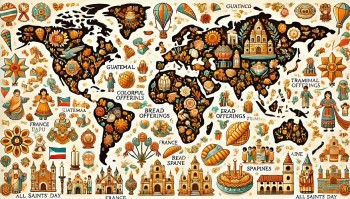 All Saints' Day - Origin, Meaning, Traditions, and Celebrations Around the World All Saints' Day - Origin, Meaning, Traditions, and Celebrations Around the World |
3. Día de los Muertos - Day of the Dead (Mexico)
Date: November 1-2
Significance: Día de los Muertos, or the Day of the Dead, is a vibrant Mexican festival that honors deceased loved ones with joy rather than sorrow. Stemming from a blend of Aztec and Catholic traditions, it celebrates the belief that the souls of the departed return to spend time with their families.
Families create ofrendas (altars) at home or in cemeteries, adorned with marigolds, candles, photographs, and the favorite foods of the deceased. The marigold, known as the “flower of the dead,” is believed to help guide souls back to their loved ones. Offerings of pan de muerto (bread of the dead), sugar skulls, and tequila are commonly placed on altars, creating a warm, inviting setting.
While rooted in Mexican culture, Día de los Muertos has gained popularity worldwide, symbolizing resilience, remembrance, and the importance of family. In recent years, festivals and parades inspired by Día de los Muertos have been held in the United States and beyond, celebrating life and the beauty of Mexican heritage.
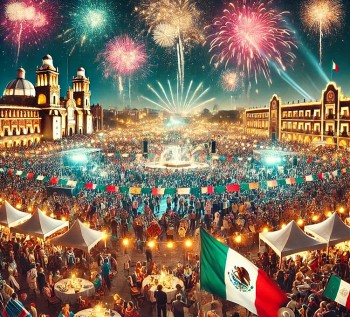 Mexico Calendar 2025 - List of Public Holidays, Observances, And Celebrations Mexico Calendar 2025 - List of Public Holidays, Observances, And Celebrations |
4. Guy Fawkes Night - Bonfire Night (United Kingdom)
Date: November 5
Significance: Known as Guy Fawkes Night or Bonfire Night, this British holiday commemorates the failed Gunpowder Plot of 1605, an attempt by Guy Fawkes and others to blow up the British Parliament. This event, which aimed to overthrow King James I, ended in Fawkes’s capture and execution.
Bonfire Night is celebrated with large bonfires, often with an effigy of Guy Fawkes placed on top, symbolizing the foiled plot. Fireworks displays are also a major part of the celebration, as communities gather to watch the sky light up. Traditional foods, such as toffee apples and jacket potatoes, are enjoyed, adding a festive atmosphere to the night.
While the historical context is specific to the UK, Bonfire Night has become more of a community event, bringing people together for fun, warmth, and unity as they gather around the bonfire.
5. Veterans Day (United States) / Remembrance Day (Commonwealth Nations)
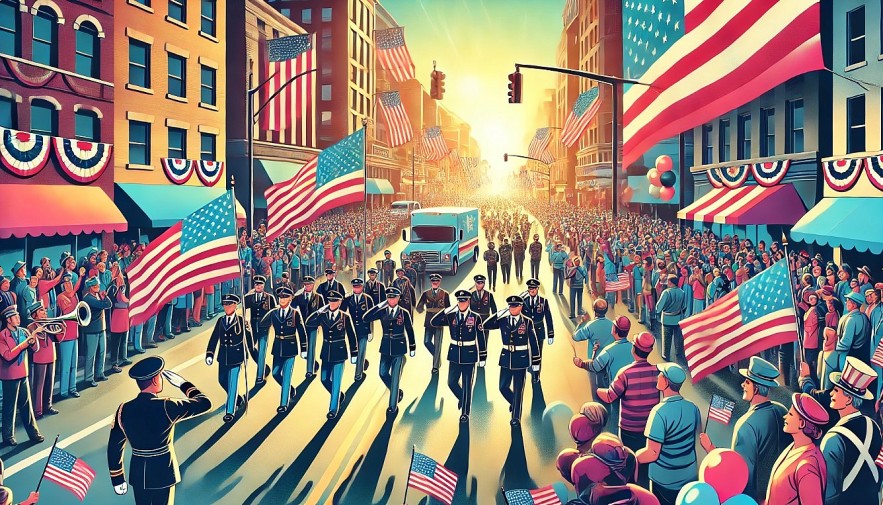 |
| Veterans Day parade |
Date: November 11
Significance: Veterans Day and Remembrance Day are observed on November 11 to honor military veterans and soldiers who died in service. Originally known as Armistice Day, it commemorates the end of World War I in 1918, when the armistice between the Allied forces and Germany was signed. In the United States, Veterans Day honors all who have served in the military, while Commonwealth nations like the United Kingdom, Canada, and Australia observe Remembrance Day, focusing on those who lost their lives in combat.
The traditions surrounding Veterans and Remembrance Day include ceremonies, parades, and moments of silence held at the “eleventh hour of the eleventh day of the eleventh month,” signifying the time when the armistice took effect. The red poppy flower, symbolizing remembrance and sacrifice, is commonly worn as a tribute to the fallen. Wreaths are laid at war memorials, and public figures deliver speeches honoring the courage and sacrifices of military personnel.
In recent years, these observances have broadened to include veterans of all wars and conflicts, fostering national unity and a sense of gratitude. Remembrance Day and Veterans Day remind us of the importance of peace, resilience, and the sacrifices made to protect future generations.
 Happy Veterans Day 2024: Top 100 Best Wishes, Messages, and Quotes to Share Happy Veterans Day 2024: Top 100 Best Wishes, Messages, and Quotes to Share |
6. Loy Krathong (Thailand)
Date: November (date varies according to the lunar calendar)
Significance: Loy Krathong is one of Thailand’s most beautiful and cherished festivals. Known as the Festival of Lights, it pays homage to the water goddess, Phra Mae Khongkha, and serves as a time for people to release negative energy and make wishes for the future. The word “loy” means “to float,” while “krathong” refers to the small, decorated baskets or lanterns that are released into rivers.
During Loy Krathong, people gather at rivers, lakes, and ponds to release their krathongs, which are traditionally made from banana leaves, flowers, and candles. As they watch their lanterns float away, people make wishes for prosperity and express gratitude for the water that sustains life. In addition to krathongs, floating sky lanterns are also released in some regions, filling the sky with soft, glowing lights.
This festival has become popular with tourists and locals alike, drawing people from around the world who come to experience the serene, magical beauty of Loy Krathong. The festival emphasizes themes of gratitude, renewal, and unity with nature, reflecting the Thai cultural values of harmony and respect for the environment.
7. Thanksgiving (United States)
Date: Fourth Thursday of November
Significance: Thanksgiving is one of the most important holidays in the United States, celebrated as a day of gratitude for the harvest and blessings of the past year. The holiday traces its roots to 1621, when the Pilgrims and Native Americans shared a historic feast. Today, Thanksgiving serves as a time for families and friends to come together, give thanks, and enjoy a bountiful meal.
The traditional Thanksgiving meal includes roast turkey, stuffing, mashed potatoes, cranberry sauce, and pumpkin pie, among other dishes. Families often spend the day cooking, watching the Macy’s Thanksgiving Day Parade, and gathering around the table to reflect on what they are grateful for. Football games are also a popular Thanksgiving tradition, with millions tuning in to watch.
Thanksgiving has had a cultural impact worldwide, inspiring similar events in Canada (celebrated in October), Liberia, and even parts of the Caribbean. The holiday has also evolved to include “Friendsgiving” celebrations, where friends gather for a Thanksgiving meal, fostering a sense of gratitude and community.
8. St. Andrew’s Day (Scotland)
Date: November 30
Significance: St. Andrew’s Day celebrates Scotland’s patron saint, St. Andrew, and is recognized as a national holiday. St. Andrew was one of Jesus’s apostles and is revered as a protector and symbol of Scottish culture and heritage.
St. Andrew’s Day is observed with traditional Scottish music, dancing, and feasting. Events are held across the country, from Edinburgh to the Highlands, showcasing Scottish pride through cultural performances and activities. People gather to enjoy traditional Scottish dishes like haggis, neeps, and tatties, while ceilidh dancing and bagpipes add to the festive atmosphere.
The holiday marks the beginning of the winter festival season in Scotland, which continues through Hogmanay (New Year’s) and Burns Night in January. St. Andrew’s Day is an important celebration for Scots worldwide, reflecting national identity, resilience, and the importance of community.
9. Sigd (Ethiopian Jewish Community)
Date: 29th of Cheshvan in the Hebrew calendar (typically in November)
Significance: Sigd is a unique holiday celebrated by the Beta Israel, the Ethiopian Jewish community, to renew their covenant with God. Historically, the day marked the community’s longing to return to Jerusalem, and today it serves as a celebration of identity and faith, particularly among Ethiopian Jews now living in Israel.
On Sigd, community members fast, pray, and ascend to a high place to symbolize their journey toward spiritual closeness with God. The holiday includes readings from sacred texts and blessings from religious leaders. After the fast, families and friends gather to share a meal and celebrate.
In recent years, Sigd has been recognized as a national holiday in Israel, reflecting its significance within the Ethiopian Jewish community. Sigd serves as a reminder of faith, resilience, and the cultural bonds that keep the Ethiopian Jewish heritage alive.
10. Hanukkah (Jewish Festival of Lights)
Date: Falls in November or December (25th of Kislev in the Hebrew calendar)
Significance: Hanukkah, also known as the Festival of Lights, commemorates the rededication of the Second Temple in Jerusalem after the Maccabean Revolt. According to tradition, a single day's supply of oil miraculously lasted eight days, symbolizing endurance and faith.
Hanukkah is celebrated by lighting the menorah, with an additional candle lit each night for eight nights. Families exchange gifts, play the dreidel game, and enjoy foods fried in oil, such as latkes (potato pancakes) and sufganiyot (jelly doughnuts). This festival emphasizes resilience, hope, and the triumph of light over darkness.
Though Hanukkah is a Jewish holiday, it is celebrated by Jewish communities around the world, often with public menorah lightings in major cities. Hanukkah’s themes of perseverance and faith resonate widely, making it one of the most recognized Jewish holidays.
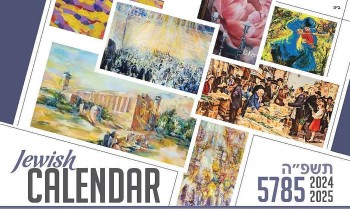 Jewish Calendar in 2025: Important Dates, Holidays, Observances and Celebrations Jewish Calendar in 2025: Important Dates, Holidays, Observances and Celebrations |
Conclusion
November is a month that brings together diverse cultural, spiritual, and national celebrations, each offering a glimpse into the values and traditions of different communities. These holidays, from Diwali's bright lights to Thanksgiving's warm gatherings, emphasize themes of gratitude, remembrance, unity, and faith. Whether commemorating a historical event or honoring loved ones, each celebration adds a unique richness to the season.
In a globalized world, these holidays also serve to foster understanding and appreciation for different cultures. The universal values behind these November festivals remind us of our shared humanity, encouraging us to find joy, connection, and reflection in our own lives.
Frequently Asked Questions (FAQ)
-
Why are so many festivals celebrated in November?
- November is a transitional month in many cultures, marking harvest, winter preparations, and the end of the year. These natural changes often lead to celebrations of gratitude, remembrance, and renewal.
-
What is the oldest November holiday?
- Many of the holidays have ancient roots, but festivals like Diwali, with origins dating back thousands of years, and some early forms of All Saints' Day have longstanding histories.
-
How do people celebrate Thanksgiving outside the U.S.?
- Canada observes Thanksgiving in October, with similar traditions of family feasts and gratitude. Other countries, like Liberia and some Caribbean islands, also have Thanksgiving-like celebrations influenced by the American holiday.
-
Why is Día de los Muertos often confused with Halloween?
- Both holidays share similar dates and themes of honoring the dead, but Día de los Muertos is rooted in Mexican culture and celebrates life, family, and remembrance, while Halloween in its modern form is more focused on costumes and entertainment.
-
Are there specific symbols associated with All Saints' and All Souls' Day?
- Common symbols include candles for remembrance, flowers (like chrysanthemums), and crosses. These symbols are used in cemeteries and churches to honor saints and deceased loved ones.
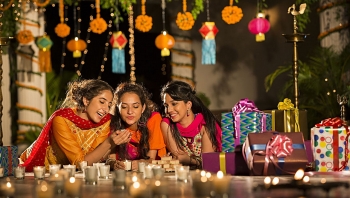 The Most Famous Holidays & Festivals in November in India The Most Famous Holidays & Festivals in November in India If you're in India this November and want to participate in some festivals, if there are, in this beautiful country, check the article below for ... |
 UK Calendar in November 2024 : Full List of National Holidays, Special Days and International Events UK Calendar in November 2024 : Full List of National Holidays, Special Days and International Events Many different cultural practices, memorials, and holiday preparations take place in the United Kingdom throughout the month of November. In chronological order, the following are ... |

